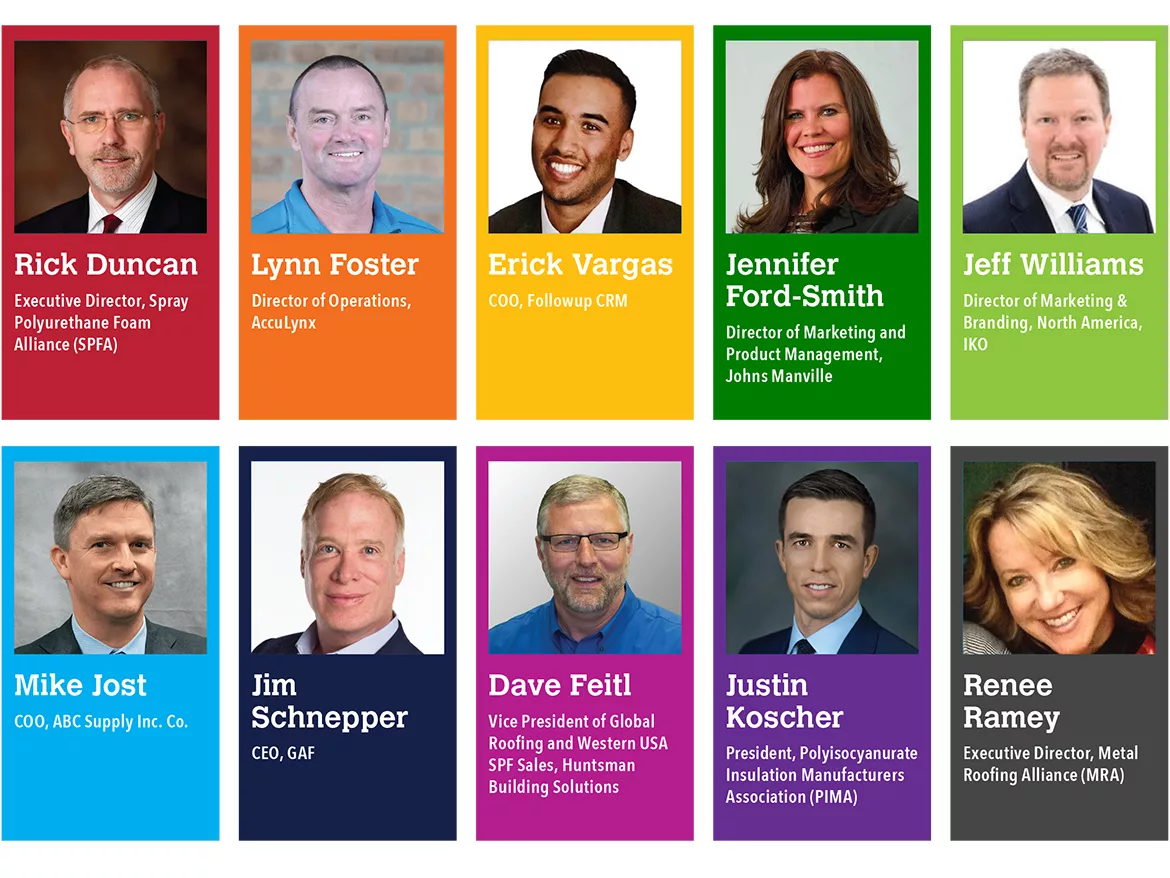Rick Duncan Q&A

RC: How would you assess the state of the roofing industry in 2022?
Rick Duncan (RD): Unlike new construction, where spray foam insulation is installed and often serves the entire life of the building, existing buildings will need roof retrofits, which spray foam supports. For this reason, the spray foam roofing market has been relatively stable. As an industry, we probably have not grown the market share of spray foam roofing as much as we could have, but demand has remained consistent and we don’t foresee any major shifts in that during 2022.
RC: How did the supply shortages of 2021 impact business and where did you find stability?
RD: Early on in 2021, contractors had contracts in place which were based on lower material costs. But when the material shortages started and led to an increase in the price of those materials, many contractors were forced to absorb those price increases. So that was a challenge to their bottom line early on. But now the shortages have been going on for a year and newer contracts include provisions that allow contractors to pass along materials price increases to their customers.
RC: Have you seen any progress in the workforce shortage in roofing, and what encourages/discourages you about the current approach?
RD: The SPFA, like the NRCA and other key industry groups, believes the industry greatly benefits when it provides expanded workforce training initiatives that improve the skills of up-and-comers and address future worker demand. Immigration reform is another area of concern and is tied to the shortage of workers. We support reform that specifically addresses worker demand, increases border security, expands E-Verify (to combat illegal immigration), and supports visa reform that allows workers to enter the U.S. legally when our economy needs them.
RC: What are you optimistic about in 2022?
RD: There are a number of things going on in federal legislation to increase building energy efficiency. There’s going to be a demand for higher performing insulation for buildings and improved air tightness. Spray foam, including when used in roofing applications, helps solve these problems. Spray foam has a great opportunity with commercial buildings, which are inherently less efficient. There is an opportunity for improved roofing systems. We also see there may be some growth in the area of roofing systems that are more durable and resistant to wind uplift, hail damage, hurricanes and storms as we have seen severe weather and weather-related events increase in both frequency and intensity.
Looking for a reprint of this article?
From high-res PDFs to custom plaques, order your copy today!



